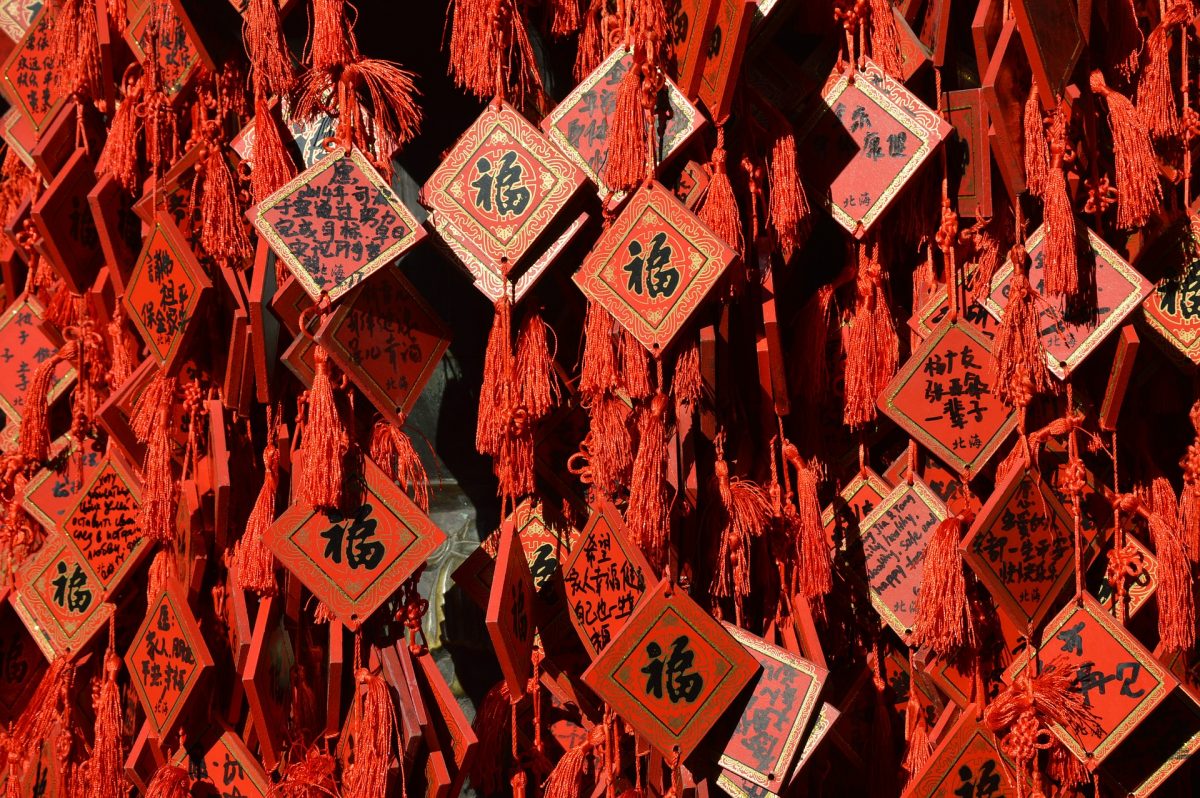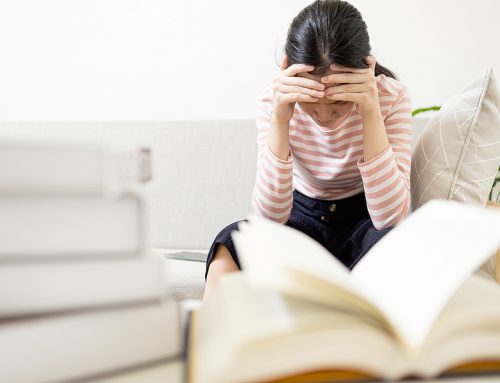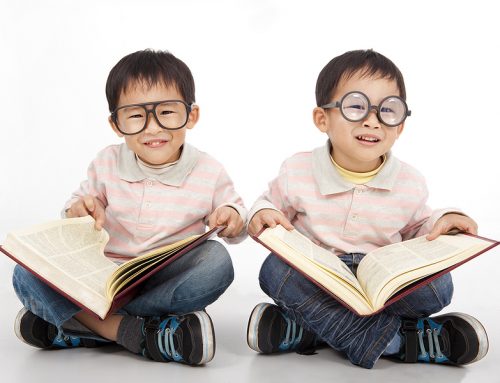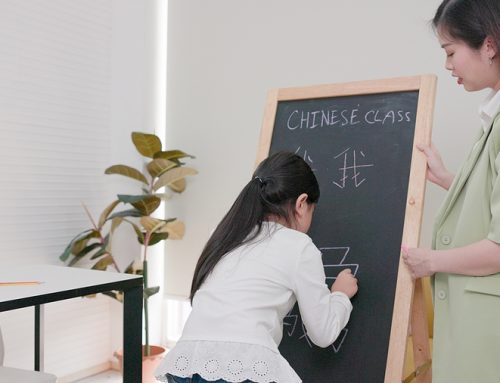Do your primary school children find learning Chinese characters difficult? I did. I can vividly remember my frustrations when I had to study for my 听写.
Unlike English spelling, where I could attempt to phonetically spell a word, Chinese characters seemed to be made up of random lines and strokes. Committing the characters to memory through repetition was my only solution.
I have since discovered I was wrong.
Contrary to popular belief, there is a logical symbol system used to create the characters. Let’s try to decipher the character code now, beginning with the concept of “radicals”. Radicals are the “root elements” of Chinese characters and they explain the meaning of the characters. There are 214 of them in total and they exist either independently or as part of complex characters.
Once you have a general idea of the common radicals, you can start guessing the meaning of the Chinese characters. Most Chinese dictionaries are organised by radicals — starting with one-stroke radicals, two, three and so on — or by hanyu pinyin.
Some common radicals are as follows:
| Radical | Meaning | Characters that contain the radical |
|---|---|---|
|
扌 |
和手有关 hand |
打dǎ (hit) 拉lā (pull) 提tí (carry) 抱bào (hug) |
|
讠 |
和说话、语言有关language, talking | 说shuō (talk / say)谈tán (discuss)读dú (read)诵sòng (recite) |
|
口 |
和嘴有关mouth |
吃chī (eat) 喝hē (drink) 哭kū (cry) 喊hǎn (shout) |
|
饣 |
和食物有关food |
饭fàn (rice) 饺jiǎo (dumpling) 饱bǎo (full) 饿è (hungry) |
| 氵 | 和水有关water |
渴kě (thirsty) 酒jiǔ (alcohol) 海hǎi (sea) 汗hàn (perspiration) |
|
冫 |
和冰有关 ice/cold | 冷lěng (cold)冰bīng (ice)冻dòng (freeze)凉liáng (cool) |
| 艹 | 和植物有关grass,plant |
草cǎo (grass) 花huā (flower) 茶chá (tea) 葡萄pútao (grapes) |
|
木 |
和树木有关wood | 树shù (tree)森林sēnlín (forest)村cūn (village)桥qiáo (bridge) |
| 辶 | 和行走、移动有关 move |
逃táo (escape) 进jì (enter) 远yuǎn (far) 遇yù (meet) |
|
宀 |
和房屋有关 house, roof | 家jiā (home)客kè (guest)安ān (safe)宝bǎo (treasure) |
| 火/灬 | 和火有关 fire/heat |
烧shāo (burn) 煮zhǔ (cook) 热rè (hot) 烫tàng (scalding) |
|
心/忄 |
和心、情绪有关 heart, emotions | 想xiǎng (think/thoughts)意yì (meaning, intention)悔huǐ (regret)恨hèn (hate) |
| 目 | 和眼睛有关 eye/sight |
眼睛yǎnjing (eyes) 睡shuì (sleep) 瞧qiáo (look/see) 盲máng (blind) |
|
亻 |
和人有关 human, people | 你nǐ (you)住zhù (live)做zuò (do)伤shāng (hurt) |
| 月 | 和身体有关 human body |
脸liǎn(face) 肚dù (tummy) 胳膊gēbo (elbow) 胖pàng (fat) |
|
犭 |
和动物有关 animal | 狗gǒu (dog)猫māo (cat)狮shī (lion)猴hóu (monkey) |
| 日 | 和太阳有关 sun/light |
明míng (bright) 星xīng (star) 昏hūn (dusk) 暗àn (dark) |
|
衤 |
和衣服有关 clothes,clothing | 裤kù (pants)裙qún (dress/skirt)袜wà (socks)衬衫chènshān (shirt) |
| 疒 | 和病有关 illness,disease |
病bìng (sick/ill) 痛tòng (pain) 瘦shòu (skinny) 疤bā (scar) |
|
土 |
和土有关 earth,soil | 地dì (land)城chéng(city)墙qiáng (wall)埋mái (bury) |
|
纟 |
和丝线有关 silk/thread |
丝绸sīchóu (silk) 线xiàn (thread) 红hóng (red) 绿lǜ (green) |
| 钅 | 和金属有关 metal,gold |
钱qián (money) 银yín (silver) 钟zhōng (clock) 镜jìng (mirror) |
|
刂 |
和刀剑有关 sword,knife | 利lì (sharp)刺cì (stab)刻kè (engrave)剑jiàn (sword) |
| 足 | 和脚有关 foot |
踢tī (kick) 跑pǎo (ru) 跳tiào (jump) 踩cǎi (step) |
|
竹 |
和竹子有关 bamboo |
篮lán (basket) 签qiān (sign) 笛dí (bamboo flute) 等děng (wait, grade) |
| 贝 | 和钱有关 money |
贵guì (expensive) 购gòu (purchase) 货huò (goods) 贿赂huìlù (bribe) |
Unfortunately, rote learning is still the most common method used in Singapore today. Characters are memorised by simply rehearsing over and over again. It’s tedious, especially for young children, and words learnt this way are easily forgotten as children don’t fully understand character meanings in the first place.
Parents can make learning Chinese more engaging for their children by starting a game of identifying and exploring the radicals used in the Chinese character. This gives context to the meaning behind lines and strokes, thus improving retention.
We recommend practising at least twice a week for at least half an hour. Better yet, get a native tutor to go through the characters systematically with your child so the language becomes natural. This method will build a strong foundation so that your child can quickly master the complexities of Mandarin Chinese in the future — for good.
Also read: Book Review from a Primary 4 perspective







